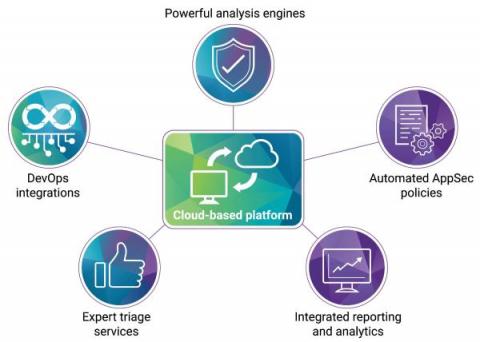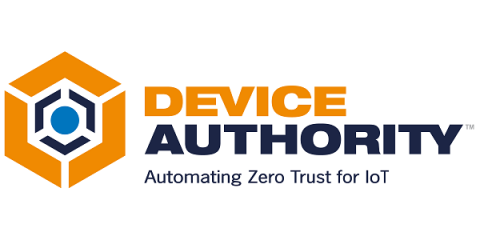Security | Threat Detection | Cyberattacks | DevSecOps | Compliance
Security
What Is an Identity Breach? Recognizing Early Signs & Types
An identity breach is an identity-based impersonation attack in which a hacker exploits vulnerabilities to obtain PII (personally identifiable information), contact information, credit card numbers, and important credentials like passwords and usernames to commit identity theft, identity fraud, or other cybercrimes without the victim’s knowledge. Using stolen information from a data breach, cybercriminals may attempt to steal classified information or money from the victim.
Veracode Peer Benchmarking
Scalable SAST and SCA in a single solution with Polaris fAST services
It's Time for Business Continuity and Disaster Recovery Teams to Redefine Trust
In workplaces of the past, IT teams could afford to trust the devices in their network because they knew them. After all, they issued and managed them. But today’s work environment makes trust a little difficult. From work from home to the vast expansion of enterprise applications, IT and security teams have a whole new set of cybersecurity challenges to mitigate. Your workers are human and are subject to human error. Phishing attempts are not always easy to spot.
Budget and momentum are key to cybersecurity automation maturity - and CISOs are feeling left behind
As cyber threats intensify and the human and financial resources available to deal with them remain limited, there is a growing need for automation in cybersecurity. The intelligent automation of key cybersecurity processes can significantly improve an organization’s posture and at the same time support under-pressure employees by reducing reliance on manual processes.
IoT Device Lifecycle Management: A Comprehensive Guide for IT Managers
IoT device lifecycle management is the process of managing the entire life cycle of an IoT device, from conception and design to manufacturing and distribution, to installation and eventual decommissioning. The goal of IoT device lifecycle management is to ensure that devices are properly managed throughout their lifespan to maximise their operational efficiency and longevity.











